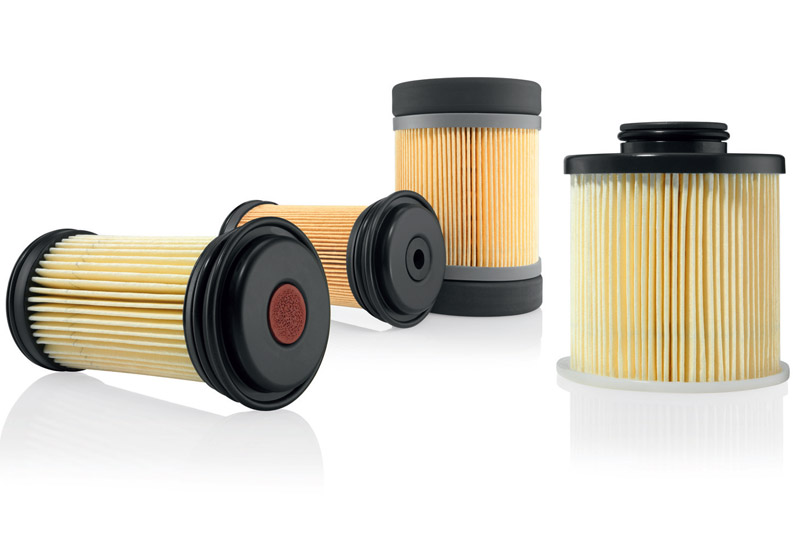
Mariana Camacho, Development Engineer at Bosch, provides insight into the development and production of denoxtronic filters.
Q. What do denoxtronic filters have to deal with?
Mariana Camacho (MC): In order to reduce the pollutant emissions, not only is a clean combustion required, but exhaust gas treatment is also necessary. With this in mind, several manufacturers of engines and commercial vehicles rely on Bosch denoxtronic systems injecting AdBlue into the exhaust stream, which causes a selective, catalytic reduction within the SCR catalytic converter. The SCR method reduces the nitrogen oxide emissions of diesel drives by turning them into water and nitrogen.
Q. What are the key features of AdBlue?
MC: The special characteristics of AdBlue very much depend on the temperatures it has to face. Due to its high water content, AdBlue freezes and expands at just -11.5°C. At higher temperatures, however, the solution can be even more aggressive to certain plastics and metals than diesel fuel.
Q. Why is a filter necessary for the denoxtronic system?
MC: AdBlue can contain particles that clog or damage the injector at the dosing module. In order to clean AdBlue, denoxtronic filters are integrated into denoxtronic supply modules. In this manner, the injector is protected, which allows for accurate AdBlue dosing.
Q. What are the specifications for denoxtronic filters?
MC: The exact specifications are defined by the vehicle manufacturers. The requirements regard, for example, the dust retention capacity, the resistance to AdBlue, and icing. The main objective of these specifications is always to ensure that denoxtronic filters contribute to compliance with emissions regulations in force, making optimum use of their cleaning abilities. For this purpose, they have to be changed every 120,000 to 320,000km (approximately 75,000 to 198,000 miles), depending on the manufacturer’s specifications.
Q. What does this mean for the filter medium?
MC: The optimum filter medium is the key factor for the functionality of denoxtronic filters. We use cellulose-based paper with a special impregnation. This makes the filter medium particularly resistant mechanically, thermally and chemically. Depending on the future application, an additional layer of fine plastic fibres can be applied as part of a highly sophisticated process, which increases the mechanical stability.
Q. And, what does this mean for the product’s development?
MC: In order to protect denoxtronic filters from possible damage at lower temperatures, they are equipped with compressible compensation elements which are made from a flexible rubber and are able to cope with the pressure of frozen AdBlue. All of the materials that are used for the filter, such as the filter medium, elastomers, and other plastics, have to feature particularly high chemical and thermal resistances to prevent the AdBlue from straining and weakening them.
Replacement of denoxtronic filters
- The filter is screwed onto the housing cover of the denoxtronic supply module and is extracted from the housing along with the cover. In case the filter detaches from the cover or gets stuck at the housing, it can be extracted using the extraction tool.
- Using the extraction tool, the filter is extracted from the denoxtronic supply module. The matching extraction tool is included with the service kit.








